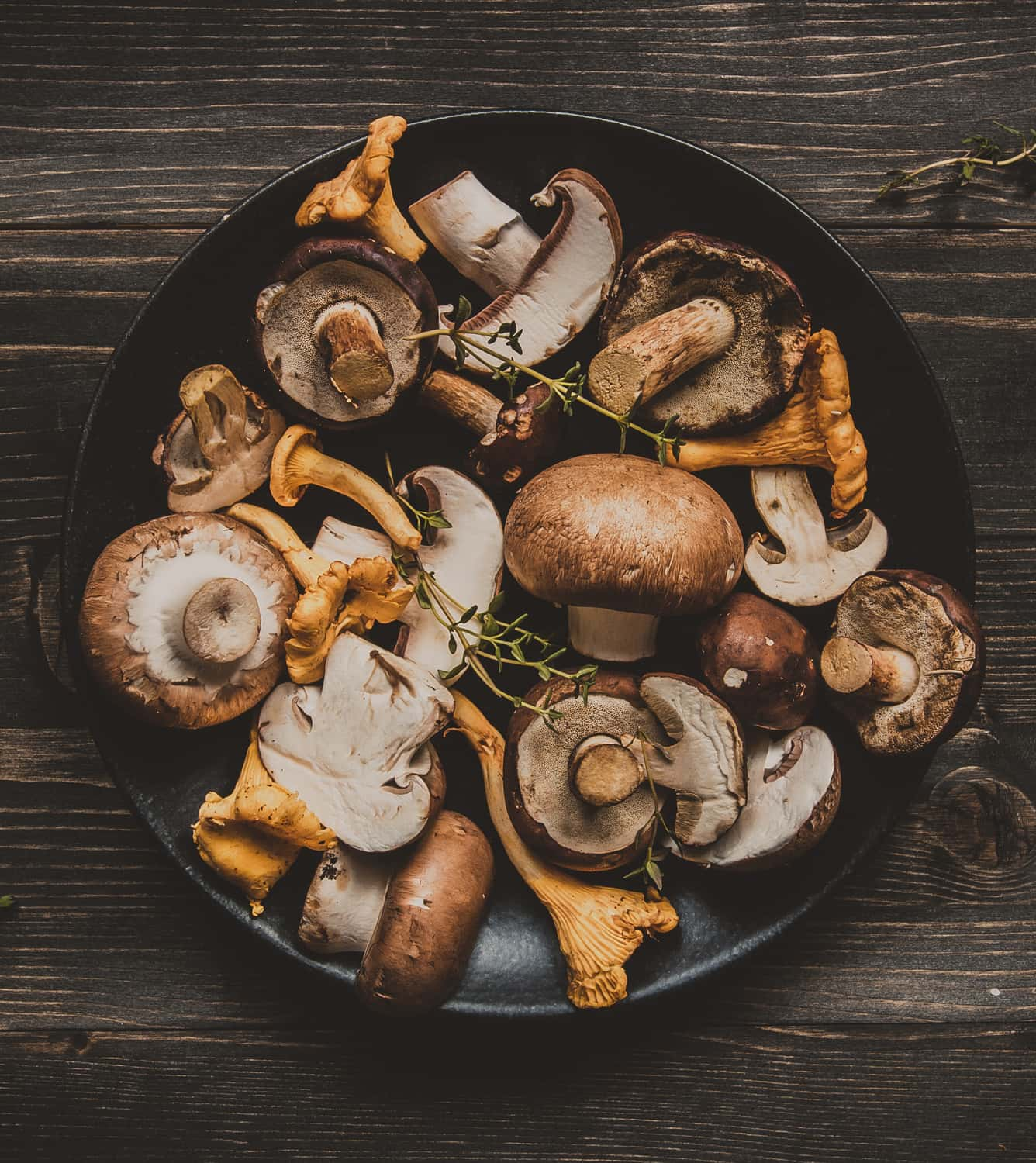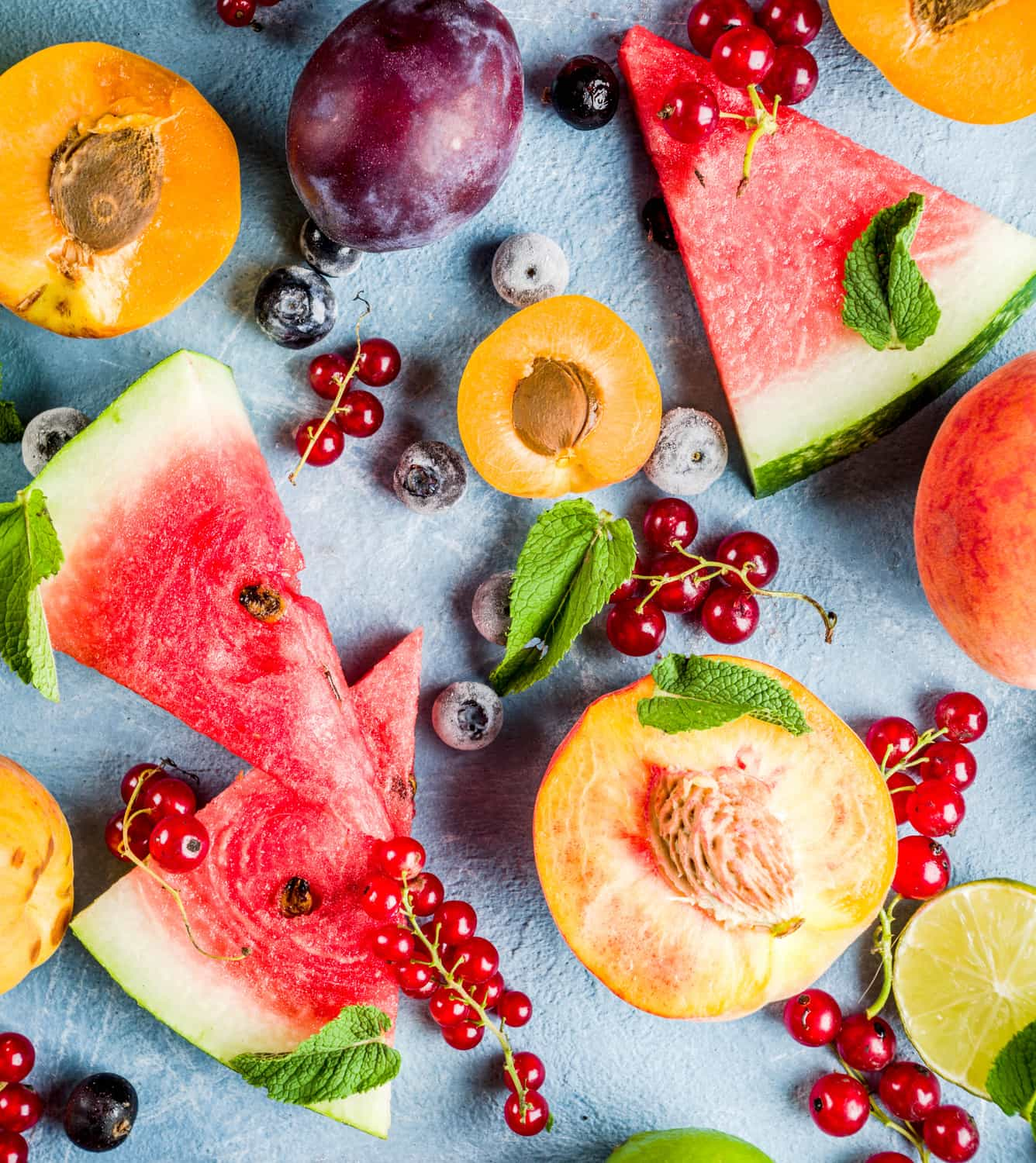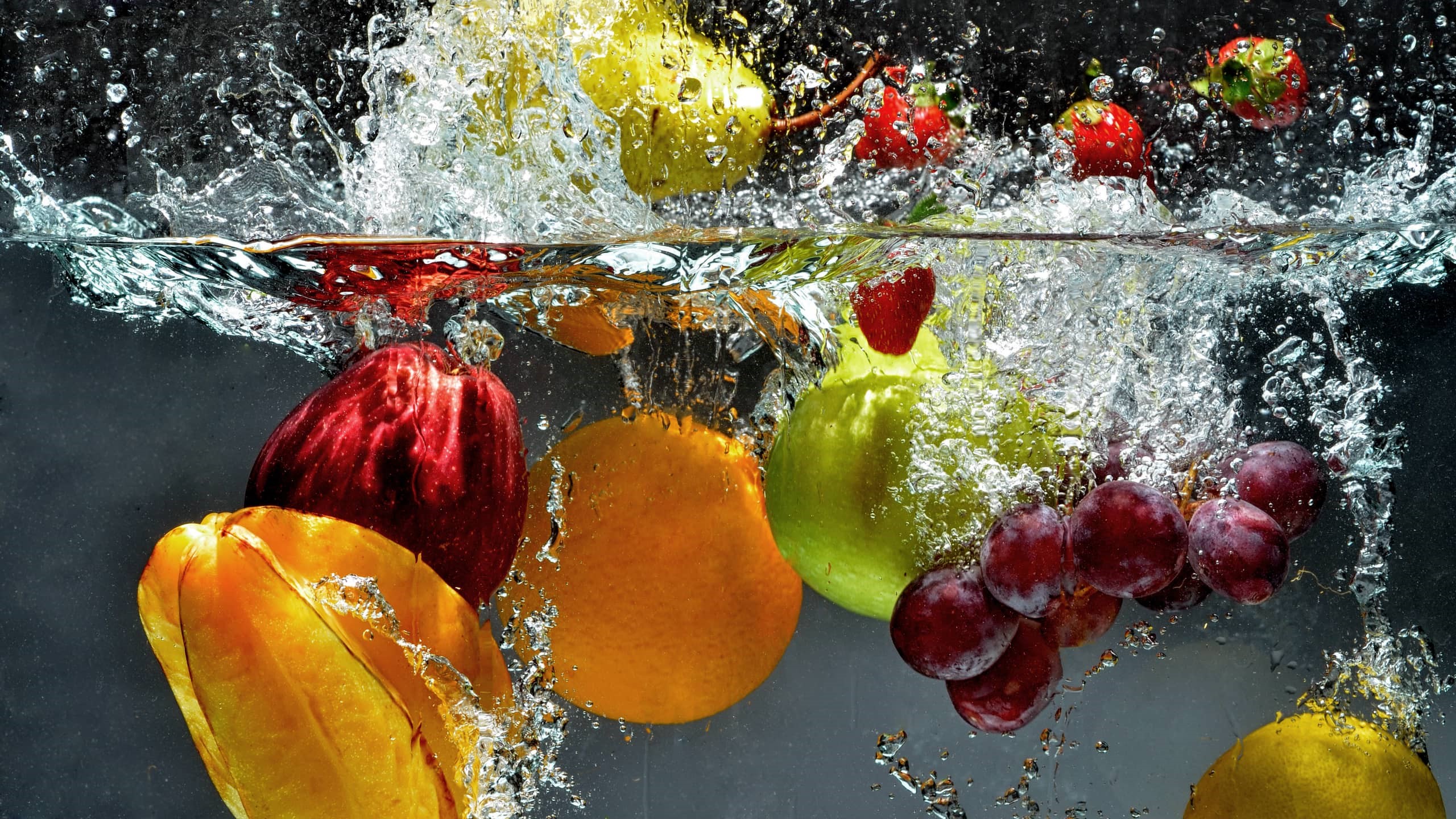What is the importance of eating fruit and vegetables at the right time?
When it comes to fresh food, the word “seasonality” may have lost some weight in the context of a global economy. With the world opening up to international trade and consumers demanding the same products all year round, it doesn’t take much effort to find peaches in winter, pine nuts in summer or grapes in spring. And in either hemisphere, even on the other side of the world.
But make no mistake: eating fruit and veg in season is still very relevant. Here are three key reasons to prefer seasonal produce.
-
Health
Fruit and veg in season are at the peak of their properties and benefits. All the characteristic vitamins, minerals, and nutrients of a certain food are active, as well as the taste, texture, and colour, which are at their best. Simply put, fruit and veg in season are rich from a nutritional point of view, and are at the peak of their quality, during their season.
-
Environment
By preferring seasonal fruit and vegetables in the season, when they are at their best for eating, you are helping the environment, even without realising it. Ripe fruits and vegetables can’t last long without spoiling, they must be locally sourced. Shorter distances also mean fewer carbon emissions associated with transport from the farm to the consumer’s home.
-
Economy
When you consume seasonal fruit and vegetables, you are supporting local and national producers, and your own wallet. In their respective seasons, seasonal fruits and vegetables are abundant, and therefore tend to have more attractive prices.
In short, why eat seasonal fruit and vegetables in season? Because it tastes good, is good for your health, helps the planet, and supports the local and national economy. Think global, buy local.
Calendar of fruit and veg in season in Europe
Seasonal fruits and vegetables are more or less separated by the seasons. Some are available during one season, others during two or three. There are also fruit and vegetables that are available all year round, such as onions or carrots. Don’t forget that there are foods characteristic of a particular season (or more than one), but stay fresh for a long time, as is the case of potatoes, pumpkins, or sweet potatoes.

Autumn
In Autumn the weather begins to cool down and we start craving warm, cosy foods.
As it happens, autumn is also the season for potatoes, pumpkin and cole crops (Brussels sprouts, cabbage, collards, kale, Savoy), turnips, and chayote (in Southern Europe). And don’t these make up for earthy, comfort soups? Beetroots, broccoli, watercress, and arugula are also present in autumn, as well as apples, quinces, pears, hazelnuts, delicious persimmons, and chestnuts.
Oranges, that take a summer vacation every year, come back strong to Southern Europe, as well as other citrus fruits such as tangerines.

Winter
Wintertime means letting go of tomatoes, courgettes, aubergines, and cucumbers, but also welcoming lamb’s lettuce and endives – and we can always count on leafy greens and mushrooms.
Fruitwise, apples never disappoint. The remaining Autumn fruits and vegetables stay in season throughout the winter – you can have rich and comforting soups to get you through the cold.

Spring
Spring is time for renewal. Trees begin to bloom, days get bigger, streets fill with green. The dinner table, on the other hand, fills with all the colours of the rainbow.
With endives, chard and cabbage gone, Spring welcomes peas, asparagus, lettuce, and courgettes back. As well as spring onions.
The long-awaited strawberries and cherries start to make a comeback, as well as blueberries, especially in Northern Europe. It is a colourful table.

Summer
In Summer, fruits are plentiful, and vegetables become a bit scarcer.
During Summer, we crave lighter meals, and cucumbers, tomatoes, peppers, and sweet corn make up for colourful salads. For interesting soups, there are leeks, kohlrabi (in Northern Europe), and celery. For a barbecue with friends, aubergine works wonders.
For fruit, cantaloupes, melon and watermelon are the stars, but there are also blueberries, blackberries, raspberries and grapes. Summer also brings peaches and nectarines, as well as figs.
It all depends on which country and climate you live in, so be sure to check in your local markets which are the fruit and veg in season. Remember different countries have different fruit and veg in season, like the cloudberry, common in Scandinavian countries, or the loquat, very popular in Portugal and Spain.
